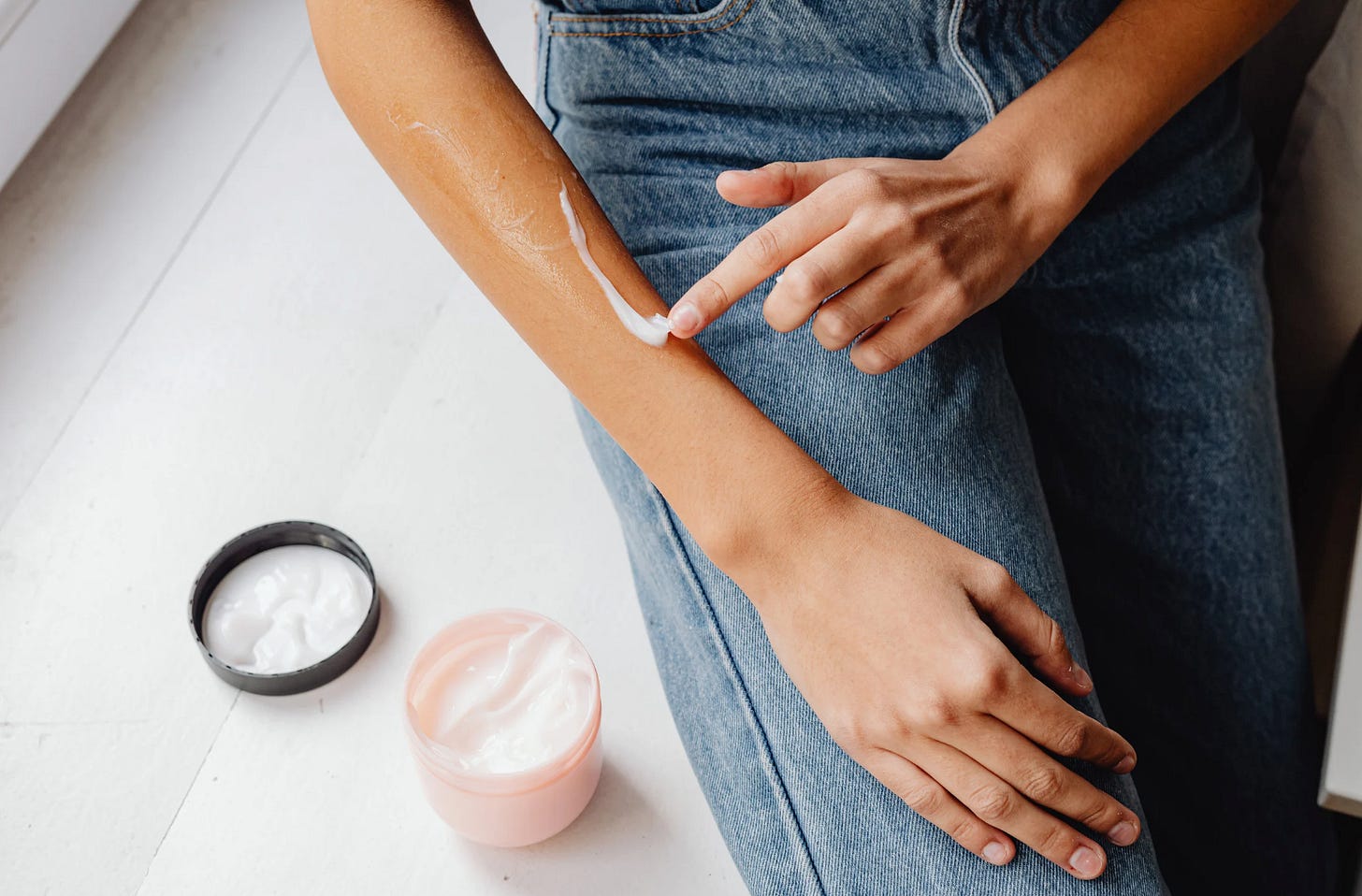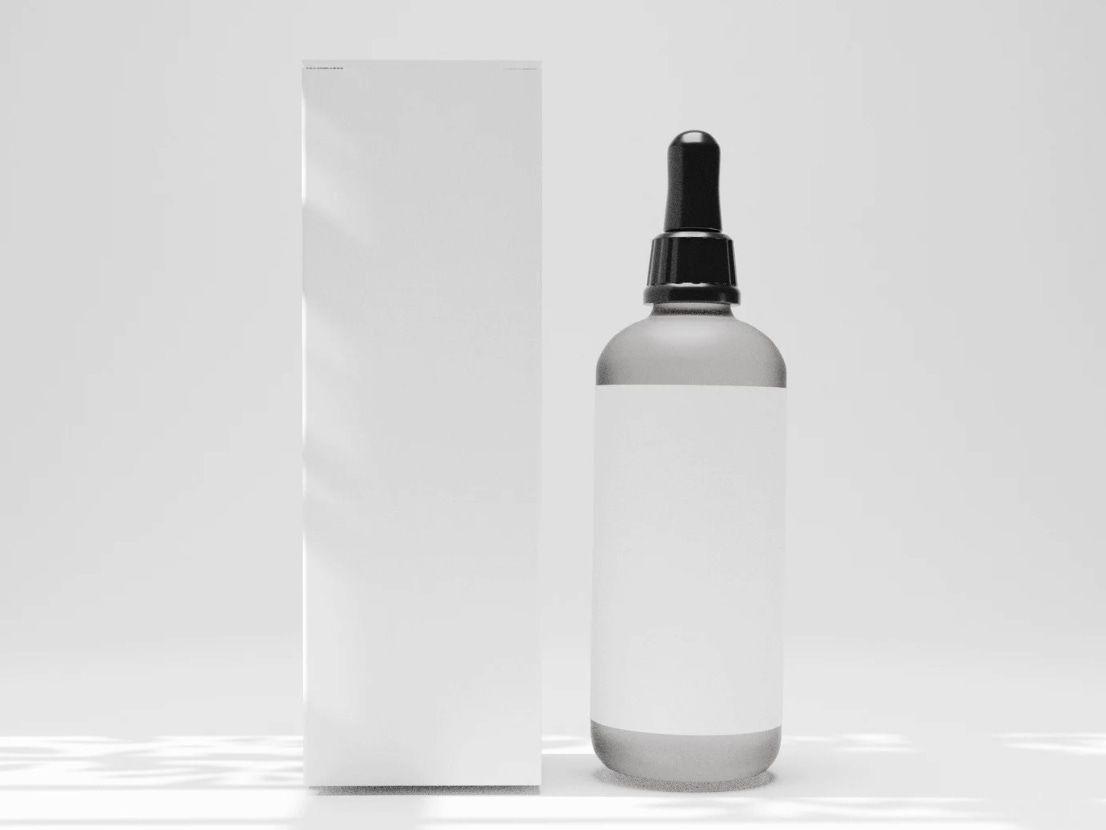10-Step Guide to Developing a Skincare Product
A Step-by-Step Process Based on Real Production Workflows
Launching a skincare product can feel exciting at first – until you realize how many moving parts are involved. From defining your brand concept to managing factory production schedules, there’s an entire ecosystem of decisions, suppliers, regulations, and deadlines.
If you’ve never managed cosmetic production before – especially in a market like Korea, where manufacturing is highly specialized but culturally and logistically unique – the process can be overwhelming.
To help you navigate this journey, we’ve broken down the skincare product development process into 10 essential steps.
Step 1. Define Your Brand & Product Concept, Target Market, and Customer
Every great product starts with a clear purpose. Ask yourself:
What problem is my product solving?
Who is my target customer?
How do I want them to feel when they use it?
This step isn’t just about having a “good idea.” It’s about creating a coherent brand narrative that shapes every decision afterwards – from ingredients to packaging. Without it, you risk ending up with a product that blends into the crowded beauty aisle.
Pro tip: Invest time in market research. Study your competitors, customer reviews, and price points. A product that looks unique on paper but fails to connect with a specific audience is rarely sustainable.
Step 2. Find Experts Who Can Develop Your Formula
Once your concept is locked in, you’ll need the right R&D partners. This can be:
Cosmetic research labs
OEM (Original Equipment Manufacturer) or ODM (Original Design Manufacturer) factories
Choosing a lab or manufacturer isn’t just about cost – it’s about technical capability and willingness to work within your brand’s vision.
Watch out for:
Factories saying “yes” to everything without explaining feasibility
Labs that overpromise timelines for complex formulas
Explore How to Find the Right Partner →
Step 3. Develop Samples
This is where your concept turns into something tangible. You’ll receive lab samples for your formula – usually several variations to compare.
Your role here:
Evaluate texture, scent, absorption, and skin feel
Cross-check active ingredient claims with lab documentation
Request any adjustments
Pro tip: Always document feedback in detail. Clear communication prevents unnecessary delays.
Step 4. Test the Samples
This is when the formula leaves the lab bench and meets real hands.
Brand owners or their test panels try the samples under normal use conditions, paying attention to:
Texture & sensory feel – how it spreads, absorbs, and leaves the skin
Scent profile – pleasant, too strong, or unstable over time
Immediate effects – hydration, glow, comfort, soothing
Short-term reactions – any redness, stinging, or irritation
The goal is to gather practical, user-driven insights that go beyond lab data. Sometimes, what works perfectly in controlled testing can feel completely different in daily use.
Step 5. Adjust & Refine
Feedback from Step 4 becomes the blueprint for refinement.
This may include:
Tweaking viscosity for better spreadability
Softening or intensifying fragrance
Adjusting active percentages for better performance or skin feel
Substituting ingredients to meet market-specific regulations
It’s common for this step to involve multiple iterations until the product delivers both technically and experientially.
Step 6. Review Packaging Options
While the formula is being refined, packaging discussions should start early.
Functionality: Does it protect the formula from air/light? Is it easy to dispense?
Brand fit: Does the look and feel match your target audience?
Manufacturability: Are lead times, MOQs, and costs realistic?
Shortlisting options at this stage helps prevent delays later.
Step 7. Final Formula Confirmation
Once the formula performs as intended, both in lab stability checks and user trials, it’s officially locked in.
All ingredient percentages are finalized
INCI list is prepared for labelling
Regulatory reviews are completed for target markets
From this point onward, no further ingredient changes can be made without redoing tests.
Step 8. Finalize Packaging Selection & Design
With the confirmed formula in hand, you can finalize the exact packaging:
Select final container shape, size, and material
Approve print-ready designs for labels and boxes
Ensure all legal requirements (INCI format, claims, instructions) are met for each market
Step 9. Compatibility Testing (CT) & Full Safety Checks
Now the confirmed formula and chosen packaging are tested together to ensure they work in harmony.
Compatibility testing: Checks for color changes, leaks, texture shifts, or chemical reactions between formula and packaging material
Full stability & microbiological testing: Confirms the product remains safe and effective throughout its shelf life
This step is mandatory before production – skipping it risks quality failures in the market.
Step 10. Produce & Assemble
When all tests are cleared:
Packaging production begins (if not already in progress)
Formula batch manufacturing at full scale
Filling and assembly – formula is dispensed into packaging, sealed, labeled, and boxed
Final QC checks before products leave the factory
Smooth coordination between packaging and formula timelines is key to hitting your launch date.
Beyond the 10 Steps: Keeping Your Project on Track
Following these ten steps will give you a clear roadmap, but the real challenge often lies in keeping all the moving parts on schedule and aligned.
Small issues — a packaging shipment delay, a formula adjustment that takes longer than expected, or a missing test report — can quickly ripple into weeks of delay. Coordinating with multiple suppliers, labs, and regulatory bodies (often across time zones and languages) adds even more complexity.
For brands that don’t have a dedicated production management team, this coordination can be a full-time job in itself. That’s why many founders choose to work with experienced partners who understand the process inside and out, and who can act as their eyes and hands on the ground.







